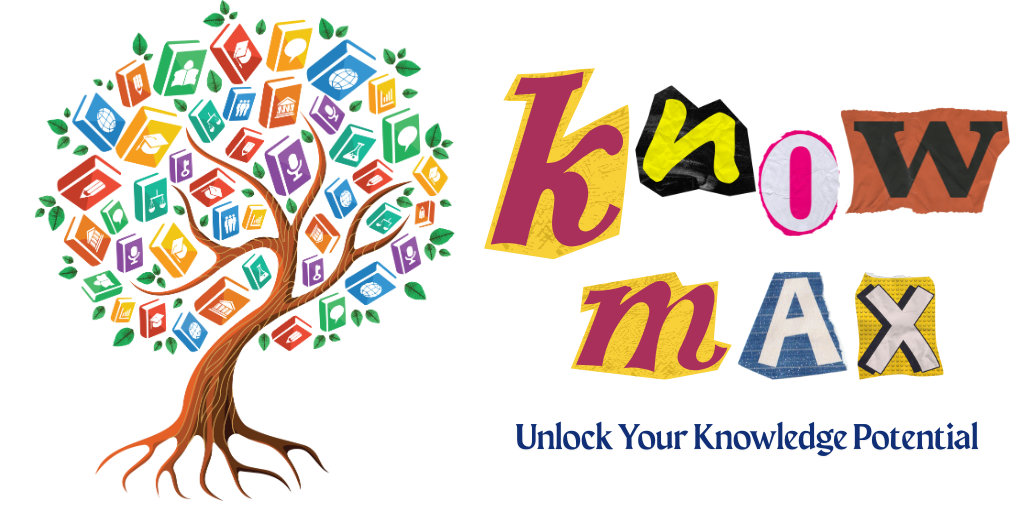In the realm of early childhood education, the importance of effective assessments cannot be overstated. As educators and developers strive to create engaging learning experiences, the challenge lies in balancing playfulness with the need for reliable measurement. This article explores innovative strategies for designing pre-K assessments that are both enjoyable and informative.
Creating a Playful Learning Environment
When designing assessments for young learners, it is crucial to maintain a sense of wonder and excitement. The visual elements of an assessment can significantly impact a child’s focus and engagement. For instance, while vibrant colors and imaginative backgrounds can enhance the learning experience, they can also distract from the task at hand. Striking the right balance is essential to ensure that children remain engaged without losing sight of the assessment’s objectives.
Reducing Distractions While Maintaining Engagement
One of the key challenges in assessment design is minimizing distractions. For example, backgrounds that are too busy can interfere with a child’s ability to complete tasks accurately. By simplifying backgrounds for specific activities, we can help children concentrate better on the assessment. Additionally, sound effects can enhance engagement, but they must be used judiciously to avoid detracting from the assessment’s purpose. Testing various design elements with children can provide valuable insights into what works best.
Encouraging Intentional Responses
Assessments should be designed to elicit thoughtful responses rather than random guesses. Unlike learning activities, where exploration is encouraged, assessments require a more structured approach. For instance, tasks that involve dragging and dropping items may yield more reliable data than simple tapping tasks, as children tend to approach these activities with greater intention. By focusing on the design of tasks, we can reduce the noise in assessment data and gain clearer insights into a child’s understanding.
Designing for Clarity and Focus
When creating multiple-choice questions, it is essential to consider the cognitive load on young children. Complex choices can overwhelm them and lead to confusion. Instead, assessments can incorporate natural complexity through activities that feel intuitive, such as matching shapes or patterns. This approach allows for a more seamless assessment experience while still gathering valuable data on a child’s abilities.
Balancing Engagement and Measurement
Ultimately, the goal of assessment design is to find a harmonious balance between engagement and measurement. By collaborating with educators and families, we can develop assessments that not only track children’s progress but also preserve the joy of learning. As we continue to innovate in this space, our commitment remains to create assessments that are both effective and delightful for young learners.
If you are interested in exploring early versions of these innovative pre-K assessments, please reach out for more information.
